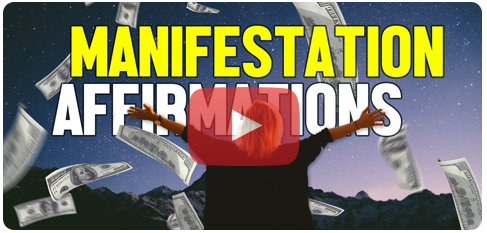Embarking on the journey of creating a short film can be a daunting yet incredibly rewarding experience. Short films, bearing the essence of storytelling in a condensed format, are a unique blend of artistic vision and technical prowess. They offer aspiring filmmakers a platform to showcase their creativity, communicate profound messages, and captivate audiences in a matter of minutes.
This document aims to guide you through the essentials of producing a successful short film, from the germination of an idea to the final touches in post-production. It is an endeavor of artistry, patience, and meticulous planning – a craft that binds the viewer’s heart and mind in the magic of cinematic storytelling.
Idea Development
Every film begins with an idea. It’s crucial to brainstorm, refine, and develop your concept into a story that you’re passionate about. To ensure that your film stands out, it should focus on a topic or theme that hasn’t been explored extensively in the past. Once you have identified the core idea and vision for your short film, start thinking about the characters, setting, plot points, and other details that will drive the story forward. The idea will also help you understand your future needs. For instance, needing Los Angeles sound stages or special effects may influence your budget and timeline. Conversely, a simple story idea could be shot in your garage or backyard with minimal equipment. If you’re stuck for ideas, it might be helpful to look at other films and think about ways in which you could put your own spin on your chosen subject matter.
Scriptwriting
Transform your idea into a compelling script. The script should be clear, and engaging, and include elements such as dialogue, scenes, and plot structure. Consider the story’s pacing and how it will translate to film. It’s essential to review your script multiple times and ensure that each scene adds value to the narrative.
As you go through this process, incorporate feedback from trusted individuals who can help identify any gaps or inconsistencies in your storytelling. For those who are unfamiliar with scriptwriting, there are many online resources that can provide guidance on formatting and structure.
Planning and Pre-production
Organize your resources, location, and crew. Create a realistic shooting schedule and budget. A well-thought-out plan will help you stay on track and manage all the moving pieces. During pre-production, it’s essential to determine your crew’s responsibilities, equipment rentals, actor headshots, permits, and insurance needs. Most importantly, discuss the expectations with everyone involved so that there are no misunderstandings down the line.
Casting
Select actors who can effectively convey your characters’ emotions and experiences. Think about the skills and experiences that each actor brings to the table, as well as their acting range. Consider designating a casting director or working with an agency to find actors who can bring your characters to life. It’s also useful to read through audition submissions and search for suitable candidates online. Further, conduct callbacks and interviews to ensure that you have found the right people for each role.

Production
Capture your story on camera. Ensure your director, cinematographer, and crew are in sync. Prioritize safety and creativity while on set. More importantly, be flexible with the shooting schedule if obstacles arise. With short films in particular, it’s crucial to stay within your timeline as much as possible since there is no room for delays. During production, use time wisely and take breaks whenever needed. Lastly, remember that the quality of your film will depend largely on how well you manage your time and resources.
Post-production
Edit the film, and add sound design, music, and visual effects. This stage can drastically enhance the narrative and aesthetic quality of your film. It’s important to review the footage and make sure that all technical components meet your vision. If you have a team of post-production professionals, it would be wise to delegate tasks and set deadlines for each stage.
For instance, editing could be handled by one person while sound design is worked on by another in parallel. Once everything is complete, share the film with friends, family, and colleagues to get their honest feedback.
Distribution
Share your film with the world. This could be at film festivals, online platforms, or private screenings. Remember to market your film effectively to reach your target audience. Utilize social media and other digital channels to build anticipation for the film’s release. Finally, consider submitting your film to relevant awards shows and contests. Despite all the hard work, it is rewarding to see how much impact your story can have on viewers.
Ultimately, producing a successful short film takes a lot of time, patience, and dedication. Even though there will be obstacles and challenges along the way, the satisfaction of creating a beautiful piece of art will be worth it in the end. With these essential steps as your guide, you’re now ready to take on this journey and embark on the world of short filmmaking!








